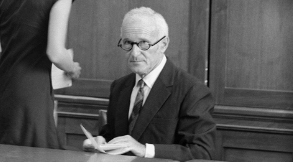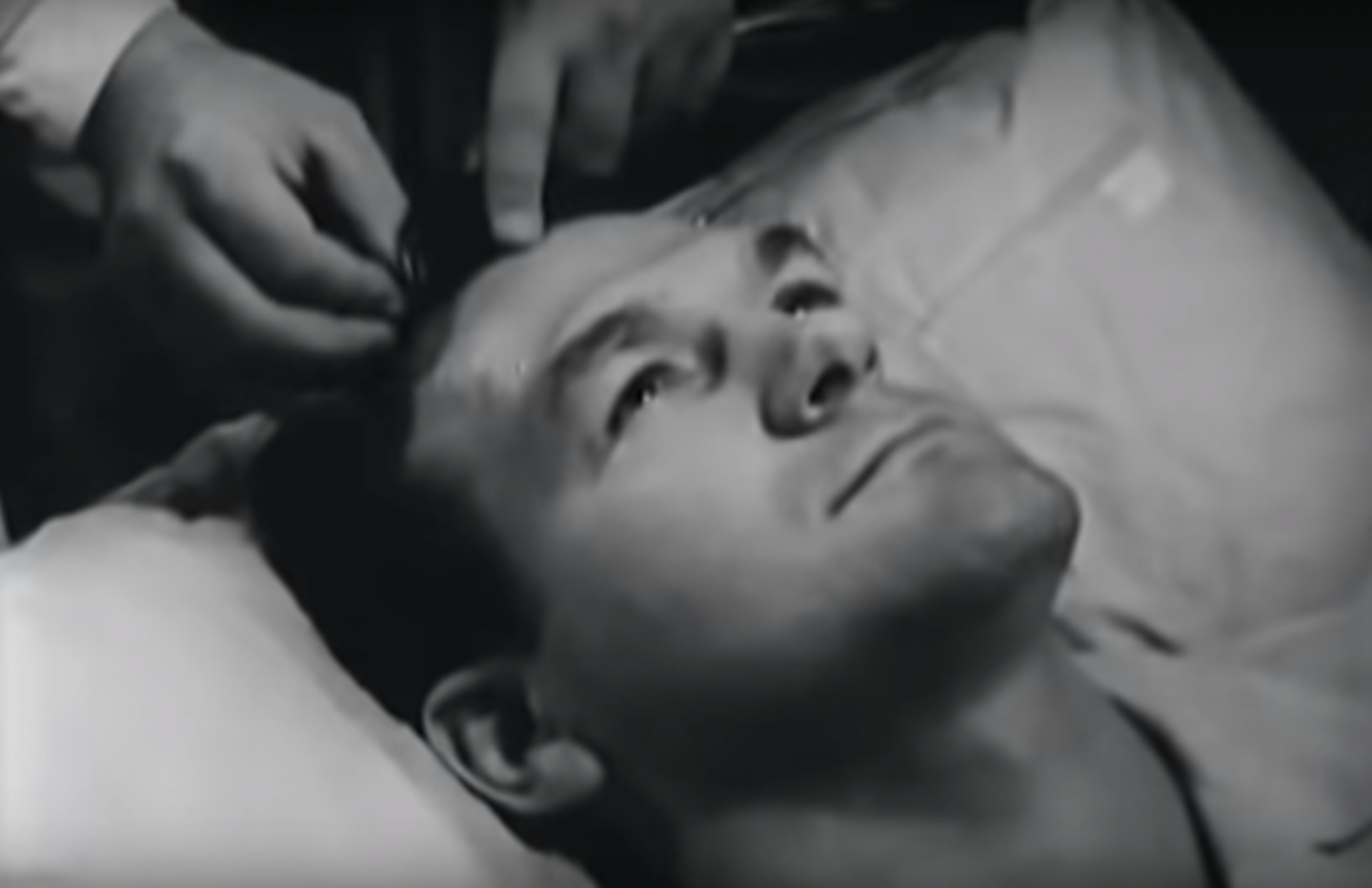MK-ULTRA is a corner of U.S. history so covert it almost went unnoticed, and so dark it’s still barely believable. Known as “the most sustained search in history for techniques of mind control,” MK-ULTRA became infamous for its questionable ethical standards and unorthodox methodology—namely, radical experiments involving high doses of LSD. For years, the CIA sought to dismantle the human mind using psychoactive drug administration, hypnosis, electroshock, and sensory deprivation—all while their experiments remained almost completely undetected.
How Much Do You Know About the CIA’s MK-ULTRA?
What is MK-Ultra?
During the early Cold War period of the 1950s, the CIA came to believe that Russian and Chinese forces had discovered a way to manipulate and control human minds. Though this belief was never proven with evidence, the CIA was convinced that communist forces had discovered, and were actively using methods of brainwashing and mind control devices against political figures and U.S. soldiers. As a response, they launched MK-ULTRA—a covert operation with the mission of discovering a mind control method—or drug—that could be used against enemy forces.
Though MK-ULTRA began as a means of defense against these “impending threats,” the operative quickly turned offensive. The initiative was seen as an opportunity to discover a massively effective weapon, and a highly sought-after means of behavioral control.
An early New York Times article released in the 1970s described the CIA’s research as follows:
“[MK-ULTRA] sought to crack the mental defenses of enemy agents—to be able to program them and its own operatives to carry out any mission against their will [...]”
So, what happened in these experiments, and how did LSD get involved?
Who was the “Poisoner in Chief,” Sidney Gottlieb?
The CIA’s coveted chemist, Sidney Gottlieb, is largely attributed to being the brains (and brutal visionary) behind MK-ULTRA. Nicknamed the “Poisoner in Chief,” Gottlieb directed gruesome experiments at secret prisons both in and outside the U.S.
Drawing from experiments that had begun under Nazi doctors during World War II, Gottlieb was interested in finding substances that could be given to aid in subduing someone, dissolving the human ego, and ultimately, controlling a person’s actions. Gottlieb even went so far as to hire Nazi doctors and Japanese torturers to advise him in his continuation of their projects, helping him craft poisons and other undetectable powders and gases to be used in military efforts.
Continuing experiments that had begun at the Dachau concentration camp, Gottlieb was initially interested in using mescaline for a “truth serum.” As he found it to be too unpredictable for this purpose, he eventually landed on LSD as a promising prospect. In an interview with Stephen Kinzer, writer of Poisoner in Chief, he details Gottlieb’s acquisition and interest surrounding LSD:

In the early 1950s, Gottlieb arranged for the CIA to pay $240,000 to buy the world's entire supply of LSD. He brought this to the United States, and he began spreading it around to hospitals, clinics, prisons and other institutions, asking them, through bogus foundations, to carry out research projects and find out what LSD was, how people reacted to it and how it might be able to be used as a tool for mind control.

The experiments that followed were often highly unregulated, ethically ambiguous, and lacking informed consent from its participants. In many instances, subjects were unaware that any mind-altering drugs would be administered. Those who did consent to ingesting LSD were often pushed to extremes, like a notorious experiment where subjects were given LSD for 77 consecutive days. In overseas detention centers in Japan, Germany, and the Philippines, Gottlieb conducted a range of experiments of psychological torture, from electroshock, to extremely high doses of LSD.
Though there were supposedly few members of the CIA who actually knew what was occurring under Sidney Gottlieb, the team’s intentional secrecy surrounding MK-ULTRA pointed to their understanding of the ethical concerns within these experiments.
As media outlets began to investigate MK-ULTRA in the early 70s, and the many fraudulent organizations, secret funding, and unethical experiments that it included, Gottlieb was ordered from higher-ups to destroy all files related to MK-ULTRA. The official CIA report on MK-ULTRA even states that “pursuant to this order, most CIA documents regarding the project were destroyed, making a full investigation of MK-ULTRA impossible.”
How the CIA Unintentionally Began LSD Subculture

An unexpected result of this dark hour of torture and experimentation was the blossoming counterculture of LSD that emerged soon after. Many even, ironically, attribute the CIA to the inception of this movement, and Sidney Gottlieb as the “hidden godfather of 1960s counterculture.” Due to his enormous purchase of LSD for his experiments, the drug began to circulate in medical facilities, universities, and correctional establishments—making its way across the U.S. in large amounts.
A natural tie to MK-ULTRA and the search for mind control was Charles Manson and the wave of “Acid Cults” that popped up during the late 1960s. But, less talked about, were a few of the willing participants of MK-ULTRA’s LSD experiments, and those who had a positive experience as a result.
Some famous names, like Ken Kesey, the author of One Flew Over the Cuckoo's Nest, ingested LSD in an experiment sponsored by MK-ULTRA. So did Robert Hunter, the lyricist for the Grateful Dead, and Allen Ginsberg, the famed poet who began the Beat generation.
While it’s hard to look at MK-ULTRA in a positive light, the ironic inception of a counterculture built on free thought, emerging from an effort for mental manipulation, serves as an unexpected silver lining.
Though the CIA attempted to cover up one of the darkest (and most bizarre) weaponization efforts in U.S. history, more and more secrets are slowly coming to light. Looking back on MK-ULTRA begs for an acknowledgement of the United States’ shared pursuits of manipulation and control, and a hope that these mistakes will not soon be repeated.
Resources
- The Official CIA Record of MK-Ultra
- The CIA's Secret Quest For Mind Control: Torture, LSD And A 'Poisoner In Chief' | NPR
- How the CIA Might Have Unintentionally Started The LSD Subculture
- Sidney Gottlieb, the "Poisoner in Chief" & the US Military Base That Hosted A Dark Past
- A New York Times Article From 1977, Revealing Private Institutional Involvement to Fund The CIA's Mind Control Initiative


